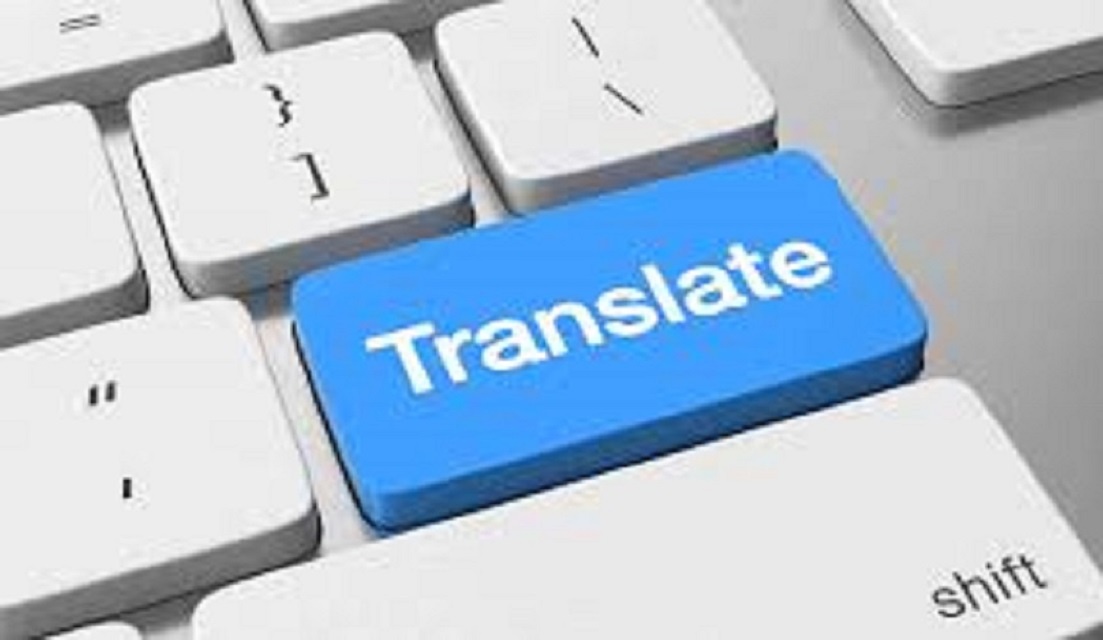In today's interconnected world, where businesses strive to expand their reach and connect with international audiences, effective translation services play a vital role. However, managing translation projects can be complex and time-consuming, often involving multiple languages, teams, and deadlines. This is where Translation Management Systems (TMS) come into the picture. In this blog, we will explore the concept of a Translation Management System, its benefits, and how it simplifies the translation process for organizations.
I. What is a Translation Management System?
A. Defining a Translation Management System:
A Translation Management System is a software solution designed to facilitate the management, organization, and coordination of translation projects. It serves as a centralized platform that streamlines the translation workflow, from content creation to the final delivery in multiple languages.
B. Core Features of a Translation Management System
- Project Management: TMS enables efficient project planning, resource allocation, and task assignment to different team members involved in the translation process.
- Translation Memory: A Translation Memory (TM) is a linguistic database that stores previously translated segments, allowing for quick retrieval and reuse of translations, ensuring consistency across projects.
- Terminology Management: TMS helps maintain a centralized terminology database, ensuring consistent usage of key terms and phrases across various translations.
- Collaboration Tools: Translation Management Systems provide collaboration features, enabling seamless communication and coordination among translators, reviewers, and project managers.
- Workflow Automation: TMS automates repetitive tasks, such as file preparation, content extraction, and formatting, saving time and reducing manual errors.
- Integration Capabilities: TMS can integrate with content management systems, e-commerce platforms, and other software tools, streamlining the translation process and reducing manual intervention.
II. Benefits of Using a Translation Management System:
A. Enhanced Efficiency and Time Savings: By automating various aspects of the translation workflow, a Translation Management System significantly reduces the time and effort required to complete translation projects. Tasks that previously took hours or days can now be accomplished in minutes, allowing businesses to meet tight deadlines and launch multilingual content faster.
B. Consistency and Quality Assurance: Translation Management Systems play a crucial role in maintaining consistency and quality across translations. With features like Translation Memory and terminology management, organizations can ensure that key phrases and terminology remain consistent throughout all translated content. This consistency enhances brand image and customer experience.
C. Cost Optimization: TMS helps businesses optimize translation costs in several ways. By leveraging Translation Memory, organizations can reuse existing translations, avoiding redundant translation efforts. Additionally, TMS allows for efficient project management, resource allocation, and improved collaboration, resulting in reduced project costs and improved ROI.
D. Streamlined Collaboration: Translation Management Systems foster effective collaboration among translators, reviewers, and project managers. With features like real-time communication, centralized project information, and version control, stakeholders can work together seamlessly, reducing communication gaps and ensuring smooth project execution.
III. Translation Management Systems in Action:
A. Content Localization: Translation Management Systems excel in managing large-scale localization projects. From websites and mobile apps to marketing collateral and product documentation, TMS streamlines the translation process, enabling businesses to cater to global audiences efficiently.
B. Multilingual Marketing Campaigns: For businesses running multilingual marketing campaigns, a Translation Management System is invaluable. It helps in translating and adapting marketing content, including advertisements, social media posts, email newsletters, and landing pages, ensuring the message resonates with the target audience across different languages and cultures.
C. Technical Documentation Translation: In industries such as software development, healthcare, and manufacturing, accurate translation of technical documentation is critical. A Translation Management System facilitates the translation of user manuals, product specifications, safety instructions, and other technical content, maintaining accuracy and adherence to industry-specific terminology


No comments yet